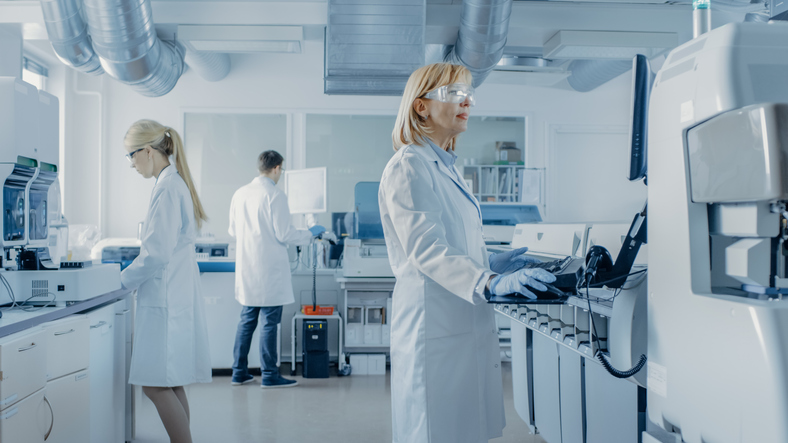A technology transfer is a common occurrence in the pharmaceutical industry. It happens when a company wants to switch their operations from an existing manufacturing site to a new manufacturing facility. In that event, the manufacturing process and analytical methods must also be transferred between units, for the sake of consistency.
Technology transfer between units is an essential process of the pharmaceutical industry when a new drug moves from the pilot batch to a large-scale commercial batch. These protocols are needed to promote successful progress between manufacturing stages: from drug discovery to product development to clinical trials to commercialization. For students interested in the method of development and validation, read on to learn more about technology transfer protocols.
Guidelines for Technology Transfers
A technology transfer takes place between the sending unit and receiving unit. A technology transfer procedure can typically be divided into three parts: production, quality control, and documentation. At each stage, technology transfers require a documented and planned approach overseen by qualified personnel.

Professionals with an HPLC certificate should be aware of the documentation and planning required for a technology transfer
The production stage should establish the transfer protocol jointly between the sending and receiving units, with relevant information on:
- Raw materials, including the active pharmaceutical ingredients
- In-process materials
- History of finished products
- Packing process
- Cleaning process
- Design of the original manufacturing facility, including premises and equipment
Both the sending and receiving units will then work together on the analytical method for testing the manufactured product, as well as documenting the process and conclusion of the technology transfer. Students in an HPLC program will cover a course on advanced analytical method validation for technology transfers to prepare them for a career in pharmaceutical manufacturing.

The sending and receiving units must comply with analytical methods and documentation for the transfer
How to Perform a Successful Transfer After HPLC Courses
To conduct an accurate and efficient technology transfer, both the sending and receiving units must comply with general protocols designed to streamline the process. At a minimum, an ideal technology transfer should use the same class of equipment across units to reduce the number of unnecessary variables. Other than that, a successful technology transfer should meet a number of requirements:
- The project plan should be based on principles of quality risk management
- The facilities and equipment across units should be similar
- A technical gap analysis should be performed to identify potential risks
- Adequately trained staff should be present at both facilities
Students taking HPLC courses should be aware that a technology transfer is deemed an overall success if there is sufficient evidence that the receiving unit can reproduce the transferred product on a routine basis.

Learn more on HPLC from the Analytical Testing Panel featured at Conference 360
Identifying Differences in Transfer Methods
Technology transfers are becoming an increasingly common part of evolving business strategies between pharmaceutical companies. Companies may organize a technology transfer to allow for more capacity, relocation of operations, or mergers. In any event, it’s important to pay attention to all differences between units and to challenge those differences to understand the impact they may have on the transfer process.
Ideally, transfer protocols should be challenged in the early stages of planning to solidify and streamline the process down the line. Depending on the risks identified, it may be necessary to establish new operating procedures for the product. Generally speaking, equipment of the same size and class across units presents fewer issues during the technology transfer process. Not to mention, a qualified and attentive team at both ends plays a vital role in performing a timely and effective technology transfer.
Are you interested in learning more on HPLC certification?
Be sure to book your ticket to the Cannabis 360 Conference, featuring an expert Analytical Testing Panel!




